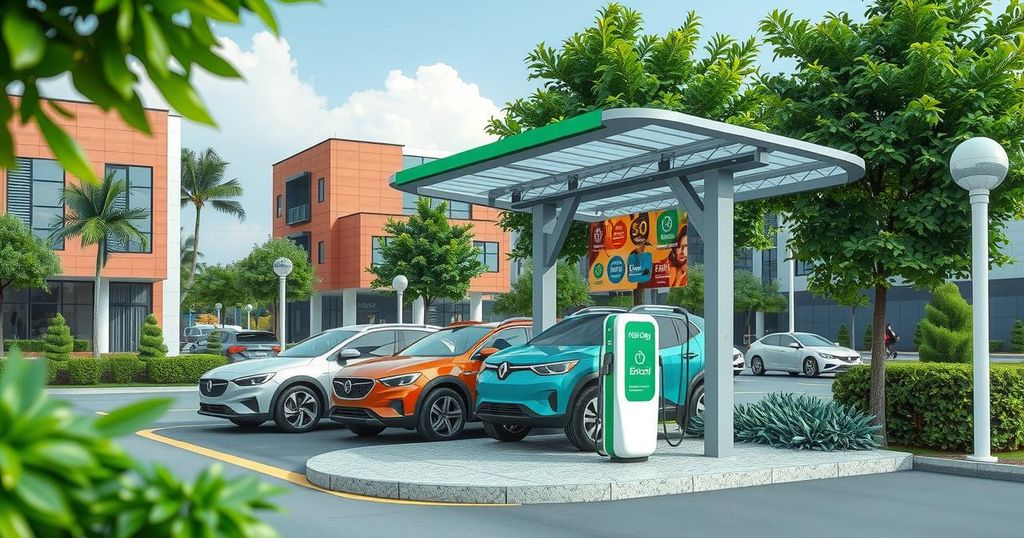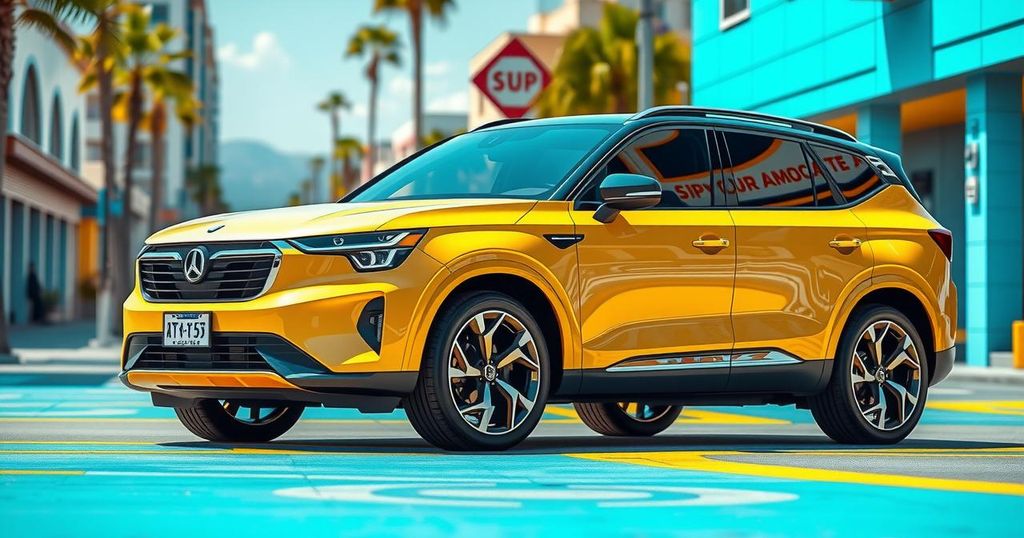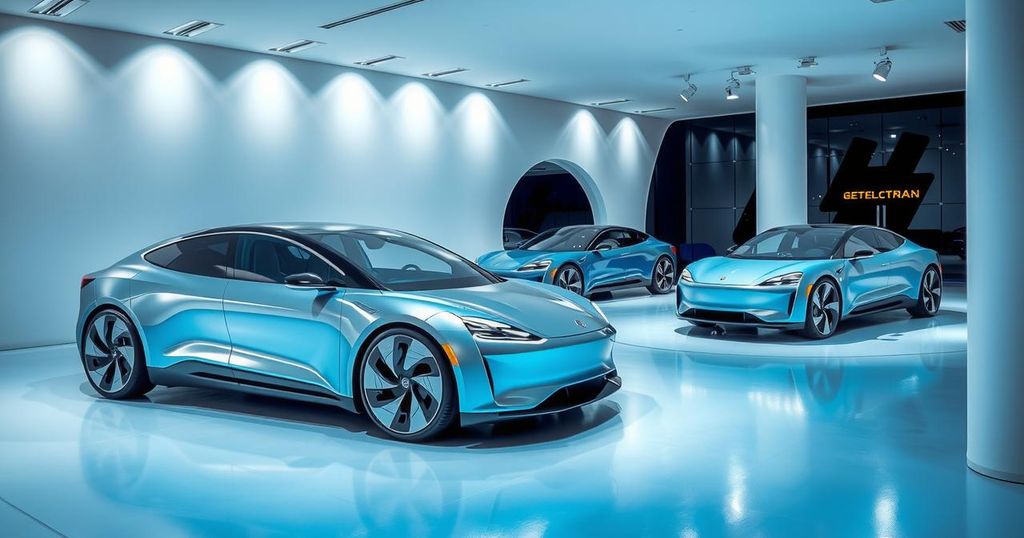Kenya’s Growing E-Mobility Sector Amidst Global Electric Vehicle Surge
Kenya is experiencing a notable rise in electric vehicle and motorcycle adoption, reflecting global trends in e-mobility marked by a 25% increase in worldwide EV sales as reported by the IEA. The electric mobility sector in Kenya saw a dramatic 466% surge in energy consumption, although it still constitutes a mere 0.03% of total energy consumption. Industrial and domestic consumers remain the largest users of electricity in the country.
Kenya is experiencing a significant surge in e-mobility, aligning with the global increase in electric vehicle (EV) and motorcycle adoption. According to the International Energy Agency (IEA), worldwide EV sales saw an impressive 25% rise in 2024, surpassing 17 million units, a notable increase from just below 14 million in 2023. This shift, driven by climate action initiatives, highlights that EV sales now represent over 20% of total car sales globally.
China remains a dominant force in the electric vehicle sector, contributing nearly two-thirds of worldwide sales and achieving an annual growth rate of almost 40%. Additionally, other emerging markets outside of China demonstrated significant growth with EV sales escalating by 80% year-on-year. In this context, Kenya’s e-mobility sector is rapidly expanding, influenced by global trends.
The Energy and Petroleum Regulatory Authority (EPRA) of Kenya reports a remarkable 466% increase in electricity consumption within the electric mobility sector for the period ending December 2024. Consumption rose from 0.32 GWh the previous year to 1.81 GWh during this timeframe. Nevertheless, despite this notable uptick, e-mobility still constitutes merely 0.03% of Kenya’s total energy consumption.
Industrial users remain the primary consumers of electricity in Kenya, accounting for 51.18% of the total energy consumption with 2,807.10 GWh utilized, marking a rise from the previous year. Domestic consumers followed, using 1,728.19 GWh, while small commercial enterprises consumed 902.94 GWh. Conversely, street lighting consumption witnessed a decline, falling to 44.48 GWh, with only 0.81% of total energy dedicated to this sector.
In conclusion, Kenya is embracing the global momentum towards electric mobility, showcasing a rapid increase in the adoption of electric vehicles and motorcycles. The IEA’s report illustrates a significant global uptick in EV sales driven by climate initiatives. However, while Kenya’s electric mobility sector is expanding, it still represents a minimal share of the country’s overall energy consumption. Continued growth in this sector could further align Kenya with international e-mobility trends.
Original Source: eastleighvoice.co.ke




Post Comment